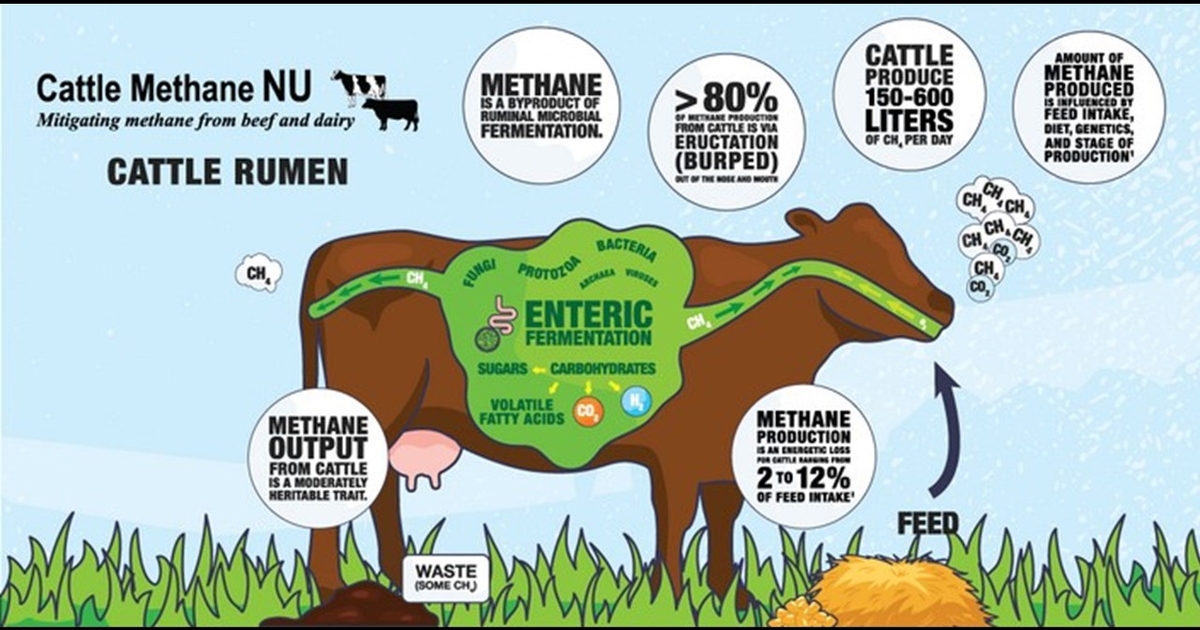Beef cow slaughter and cow culling trends
Posted on December 13, 2023
Source: Farm Progress. The original article is posted here.

By Josh Maples, Mississippi State University
Fall is the time of year when beef cow culling peaks as producers decide which cows to carry or not to carry through the winter months. The beef cow slaughter data can be used as an indicator of the level of cow culling. The backdrop of beef cow slaughter numbers this year is that we started 2023 with an estimated 3.6% fewer beef cows than we started with in 2022. Therefore, all else equal, 2023 beef cow slaughter numbers were expected to be lower than 2022.
Nationwide, beef cow slaughter has been 11% lower so far in 2023 than it was in 2022. However, slaughter totals are still above the 5-year average from 2017-2021 as shown in the chart above. The beef cow slaughter levels in 2022 were exceptionally high and were a key reason for the lower beef cow and calf crop totals in 2023. An interesting statistic for 2023 is that since September 1, beef cow slaughter is only down 6% compared to the same period in 2022.
Beef cow slaughter data is reported regionally. Most of the Southeastern states are in region 4 which includes Alabama, Florida, Georgia, Kentucky, Mississippi, North Carolina, South Carolina and Tennessee. Year-to-date beef cow slaughter in this region is reported at 511,600 head, which is down 3% from the same period in 2022. However, since September 1, beef cow slaughter is 2% higher than the 2022 level for region 4.
Region 6 also contains southern states and is comprised of Arkansas, Louisiana, New Mexico, Oklahoma and Texas. It is also the largest in terms of total head for 2023. Year-to-date beef cow slaughter for this region is reported at 840,700 head, a 17% decline from the 2022 level. Since September 1, beef cow slaughter is 11% below 2022 levels.
The data suggests that cow culling in the South has not decreased by as much as it has in other parts of the country. Drought is likely the key culprit for this difference, especially for the higher culling totals the past few months. Cull cow prices have been above 2022 levels for most of the year – driven in part by tighter supplies of cull cows. Cull prices have increased in recent weeks despite this being a time of year when prices would seasonally decrease. Dry conditions, high input costs, and strong cull cow prices are a few factors contributing to relatively high culling levels in the Southern U.S. in 2023.

.jpg?disable=upscale&width=1200&height=630&fit=crop)


